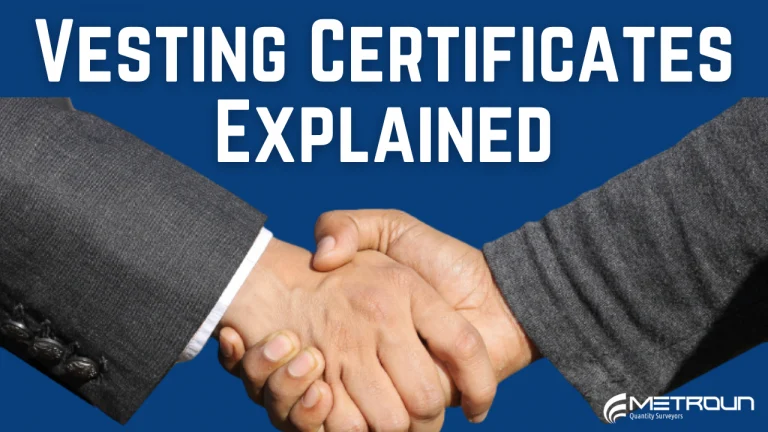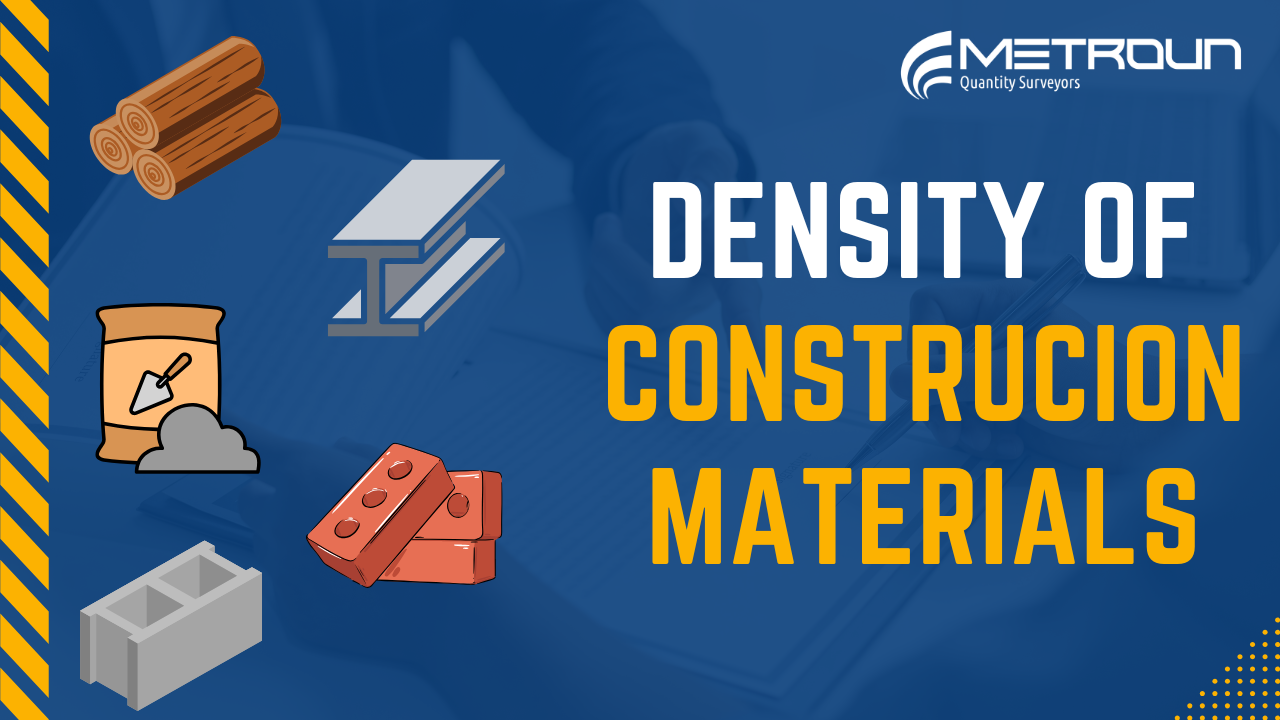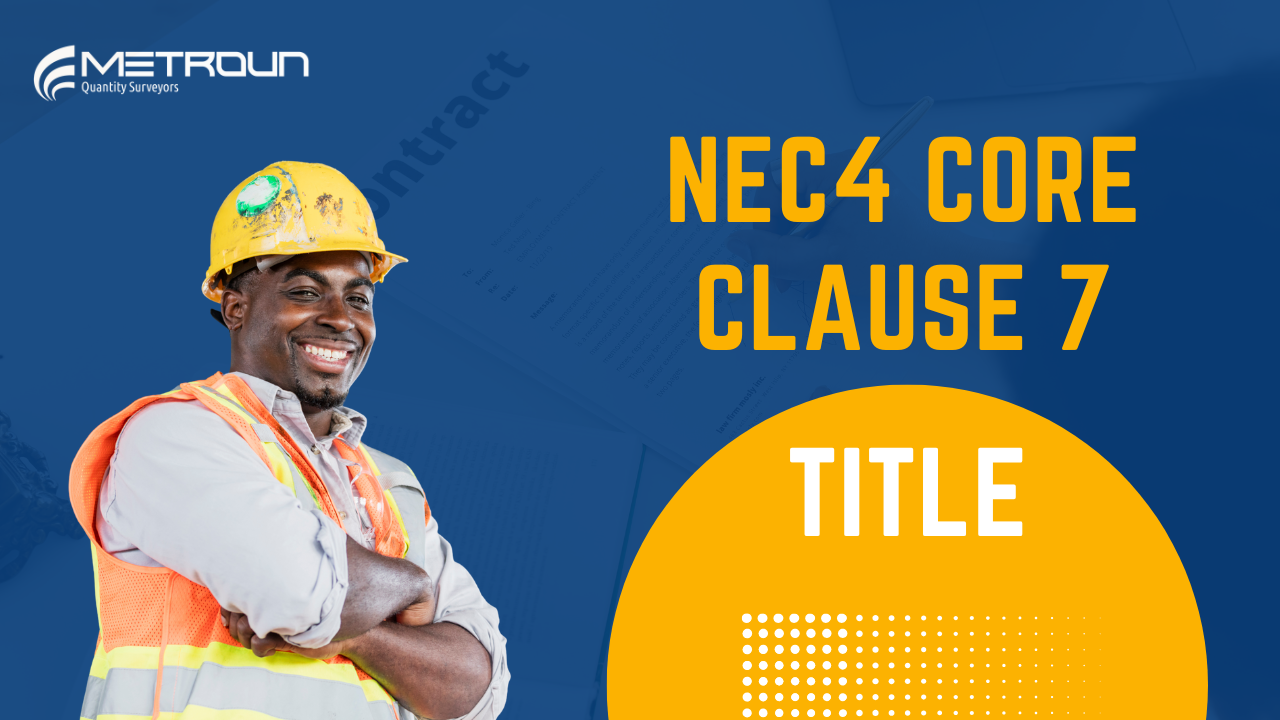Congratulations, you’ve nearly made it to the end of 2021. Now like us, if you work in the construction industry there’s two major problems you would have come across.
Firstly, Covid-19 which has hit the workforce and the supply-chain harder this year than ever before. And secondly, the cost of steel and timber, which seems to have increased at an astronomical rate. The problem isn’t just with price either. The lead time for these materials have also extended many programmes. Unfortunately, we don’t have a solution for Covid but this video may help you in getting materials in quicker and at the current rate.

So, you’re probably thinking, to mitigate rising costs and rising lead-times, you should simply order your materials sooner. Well, that’s kind of correct, however, you would need approval from the client and this puts the client at risk. For example, if the contractor becomes insolvent and the items are then not delivered, even though payment has been made, the materials could and would most likely would be classed as the insolvent contractor’s property.
To reduce that risk the client may request a vesting certificate or agreement
Now, you’ve already seen the title of this blog, so it makes sense to give you a definition of what a vesting certificate is first.
A vesting certificate can be used as evidence that ownership belongs to the client upon payment, defeating third party claims of retention of title. In other words, if a contractors becomes insolvent before the items have arrived to site, the vesting certificate is proof that the client is the rightful owner.
So that solves that issue right? Well, there’s a little more to it….
The need for and effectiveness of such certificates has been questioned.
Contracts such as the JCT standard building contract and NEC contracts already include provisions requiring the contractor to provide reasonable proof that off-site property is vested in the client, materials are set apart or clearly marked and that they are insured.
In addition, it is difficult to sue an insolvent contractor, and despite best endeavours, items may simply be removed or disappear in the event of insolvency, or if there is a rumour that insolvency might occur. This is particularly true for items that have yet to be fabricated, items that have still to be worked on, or items that are abroad.
Whilst its always good practice to raise a vesting certificate, here’s a few things you could do as a client to reduce your risk;
- Checking the financial status of the contractor to assess the likelihood of insolvency.
- If the contractor is part of a larger group, then a parent company guarantee might be required from the holding company.
- Entering into a direct contract with the supplier.
- In a perfect world, items would be delivered to site and affixed to the property before payment is made, but where this is not possible, a judgement is necessary to assess the risk to the project, against the potential loss to the client.
Why not watch our video on Vesting Certificates?











